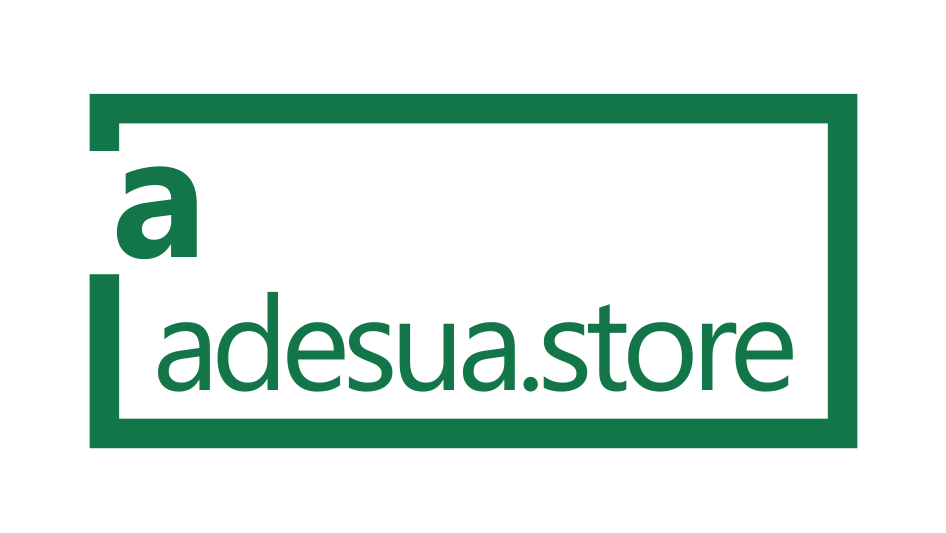
More than likely, you realize that everyone learns differently and that your child does not always learn the same way as you. However, it is extremely difficult to step out of your own best ways of learning to accommodate a child that learns in ways that would never work for you. Perhaps, if it is helpful for you to learn in a stationary or fixed environment, you may wonder: “Why isn’t my child able to sit still when doing his homework?” Likewise, if it is easy for you to remember what you heard and utilize an agenda, you may ponder: “Why is she unable to remember lessons or record homework in a planner?” Finally, the most important question of all: “What do I need to do in order to help my child reach his or her optimal learning potential?
What if My Child is Not a Traditional Learner?
Since most traditional teaching methods offer a combination of the three sensory learning styles: visual, auditory, and tactile, many parents are left wondering what they can possibly say or do to enhance their child’s learning. Many fear that their child will continue to struggle and will never reach their full aptitude. At the same time, so many of us have seen our children learn new skills, abilities, and talents from, who we believe to be, an extraordinary teacher. More than likely, that “teacher” knew that there were additional ways that the brain processes information!

There are 12 Different Ways to Learn
Over the past 20 years as an educational therapist and learning specialist, I created an adaptable approach and have been developing practices, strategies, products, and supports that empower 12 different ways of learning. The infographic clearly identifies each way of learning. To access a free copy of this image and more: CLICK HERE
Definitions of the 12 Ways of Learning
For those with special and different learning needs, layering non-traditional teaching methods into instruction can offer many benefits. The definitions below may help you understand more about each way of learning:
1. Visual Learners like to “see” images, drawings, or even personal visualizations.
2. Auditory Learners like to listen to words and sounds. This helps them focus on and determine the salient information from what they are hearing.
3. Tactile Learners like to touch or feel objects or artifacts. They also like taking notes or drawing things out as the process helps to encode the information.
4. Kinesthetic Learners like to “move” their bodies and physically participate in the process of learning. Movement helps enhance engagement in learning and memory of information.
5. Sequential Learners like a “step by step” process or an orderly presentation of information.
6. Simultaneous Learners like to categorize or group objects, ideas, concepts, etc. and then understand where those categories fit in the big picture or main idea.
7. Verbal Learners like to talk out loud, to themselves, or to others.
8. Interactive Learners like to work with the company of others and they enjoy collaborations.
9. Logical/Reflective Learners like to reflect upon, and think about what they are learning.
10. Indirect Experience Learners like to experience demonstrations. This helps them attend to and glean information from vicarious learning experiences.
11. Direct Experience Learners like to directly experience their lessons. Museums, aquariums, nature reserves, and historic sites offer some wonderful educational options.

12. Rhythmic Melodic Learners like to use “rhythms and melodies” from music, songs, and beats to learn information. Many also find that music serves as white noise that blocks unexpected noise.
What Can You Do With This New Information?
The best way to help your child is to find or create a flexible and adaptable learning environment that honors the 12 ways of learning. In fact, lessons that tap into many ways of learning are best and assignment options that offers a variety of activity options is key.

What is the Next Step?
I would be happy to teach you more! I’m offering a free image on the 12 Ways of Learning as well as some comprehensive strategies for visual learners. You can also learn about a product I created just for the families of PSN magazine.





